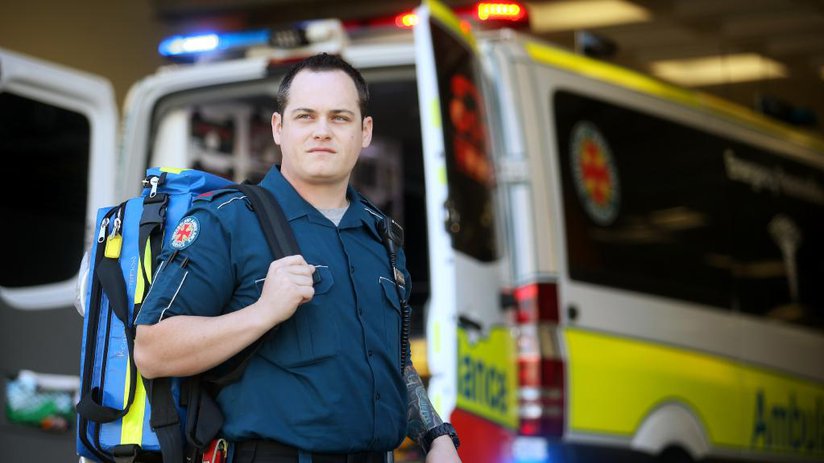Ambulance services in India are most critical when there is an emergency or a mishap. And these services have been consistently improving by the day with well-trained staff and robust equipment. However, with innovations rapidly upgrading and technology constantly evolving, there’s greater attention on improvement to increase efficiency and promptness, thereby bettering ambulance patient transport throughout the country.
This is where the role of Simulation comes in. As an essential tool of Emergency Medical Services (EMS), Simulation is becoming increasingly popular in countries such as Canada, U.S.A., Australia and parts of Europe among several others. It has proven to be extremely helpful in training ambulance staff by creating realistic, responsive and customizable scenarios for them to use cutting-edge technology.
The training solution is immersive and engaging, and allow ambulance drivers to thoroughly expand their knowledge base. This is done by not only enabling them to improve their core competencies but also hone their decision-making skills, especially in a critical situation. Each scenario is different and customizable, that keeps the trainee (ambulance driver) on his toes in order to have a hands-on and practical approach to crises.
Simulation, as a formal and systematic approach training technique, is quite crucial, primarily in a country such as India where the frequency of accidents and mishaps, unfortunately, is relatively higher. Besides the basics, it goes a step further and aids the ambulance driver get an insight into different potential pre-hospital emergency settings for appropriate assessment, and to plan primary as well as alternate care actions. It is advised to seek thorough guidance with respect to setting up the simulation training unit for these ambulance services.
Simulation helps the trainee personnel learn about the ideal infrastructure latest technology, as well as how to leverage it for the optimum utilization of a modern facility. This enables him to use it regularly and most effectively to ensure better ambulance patient transport. Advanced training models can also be used in order to achieve the same.
Simulation strategy is another essential component of the whole training process to make the ambulance staff better equipped. The strategy is dependent on a number of factors related to the ambulance such as its capacity, service needs, budget, the requirements of the trainees, and most importantly, professional and governmental guidelines that need to be complied with. However, if the simulation unit for ambulances is viewed as an asset rather than a financial burden, it makes the strategy and the entire training process relatively seamless.
As an emergency service provider that is synonymous with efficiency and promptness across India, we at Ziqitza Healthcare Ltd. are optimistic about the future and Simulation as a trend in EMS. We look forward to the advent of the same in India as well and the potential of incorporating the same to give our personnel the best of training facilities so that we can consistently improve our ambulance patient transport services, and continue saving maximum lives.


